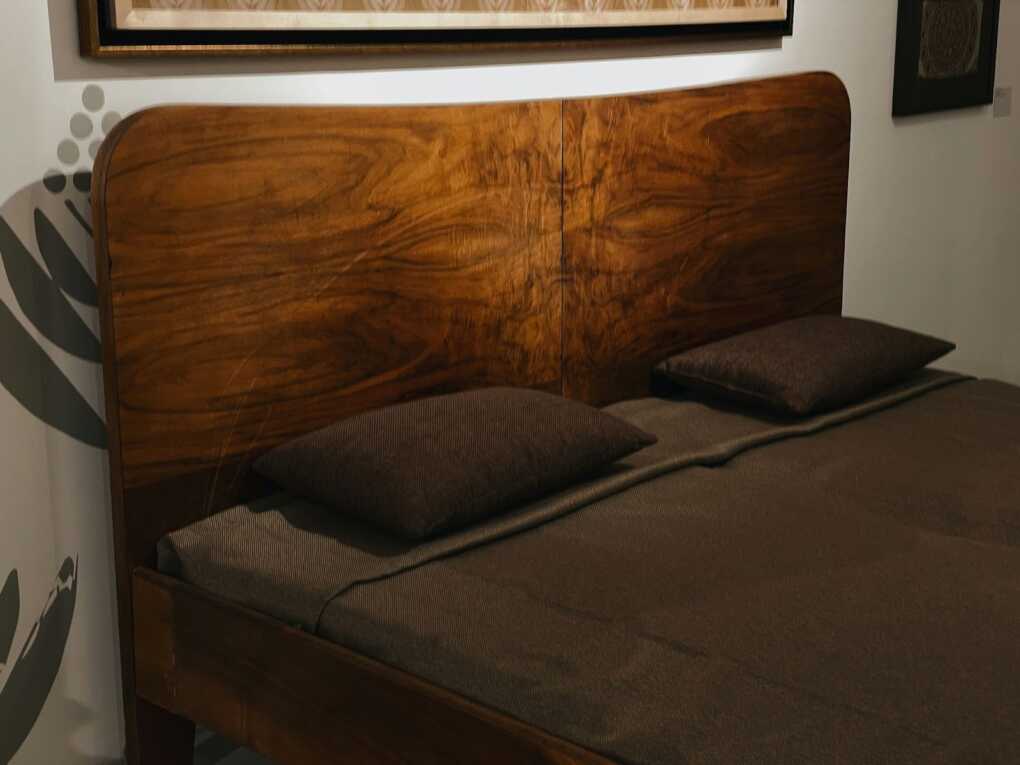There’s something quietly thrilling about stepping into a store where anything is possible. No glossy displays or cookie-cutter catalogs — just one-of-a-kind pieces, waiting to be discovered. In recent years, the joy of secondhand shopping has made a serious comeback, and it’s not just about saving money. It’s about finding something that feels personal, unexpected, and entirely yours.
This renewed love for pre-owned goods has turned consignment shops into unexpected design havens. Whether you’re on the hunt for a vintage accent chair, a mid-century sideboard, or a quirky wall mirror with a past, these spaces offer a tactile, rewarding alternative to scrolling online catalogs.

Rediscovering the Joy of the Unexpected
In a world where so much shopping has become predictable, secondhand stores bring back a sense of surprise. You never know what you’ll find — and that’s the whole point. That excitement, the moment of spotting a piece that seems meant for you, is part of what’s fueling this revival.
People are no longer just looking to furnish a space. They’re curating it. Every room tells a story, and in that story, mass-produced furniture isn’t always the most interesting character. Pieces found secondhand — especially through consignment — offer the kind of texture and history that new furniture can’t replicate.
A Shift in Values, A Shift in Shopping
What was once dismissed as a budget option is now being embraced by designers, creatives, and conscious consumers alike. It’s part of a broader shift in how we view consumption. Shoppers are increasingly focused on:
- Sustainability: Buying secondhand keeps quality goods out of landfills and extends their life
- Individuality: Pre-owned items come with quirks and craftsmanship that feel authentic
- Quality over quantity: Many older pieces are built to last — often better than their modern counterparts
- Emotional connection: There’s satisfaction in knowing your home is filled with items you chose carefully and intentionally
This shift has transformed the way consignment is perceived. It’s no longer “used” — it’s considered, curated, and in many cases, even elevated.
How Consignment Fits into Modern Interiors
If secondhand shopping once felt like digging through piles in hopes of a score, today’s consignment experience is much more refined. Many shops carefully curate their inventory, accepting only items in great condition, with design appeal, and timeless character.
In practice, this means that browsing a consignment store today might feel more like exploring a design studio than a clearance warehouse. Pieces are arranged in room-like settings. Tags may include notes on designer origins or original price points. And rather than being filled with cast-offs, the space becomes a collection of finds with real potential.
Mid-century modern sideboards, marble-topped coffee tables, tufted velvet benches — these are the kinds of pieces that show up in thoughtfully managed stores. They offer a way to mix old and new, create depth in a room, and tell stories through design.
The Psychology Behind the Hunt
There’s a reason people light up when they find a unique piece secondhand. It’s more than just a good deal — it’s personal validation. You weren’t just shown something by an algorithm. You found it, noticed it, and saw the potential others missed.
That process taps into something primal: the satisfaction of the hunt, the thrill of discovery, and the pride of owning something that no one else has. It also gives shopping more emotional weight. You’re not just filling space — you’re choosing what deserves a place in your home.
What to Look For When You Shop Secondhand
Shopping consignment isn’t about rushing. It’s about patience, taste, and a little bit of vision. A well-worn piece can look like nothing in the store — until it’s in your space, illuminated by afternoon light, holding a stack of books or a trailing houseplant.
Here are a few tips for making the most of the experience:
- Focus on craftsmanship: Look for dovetail joints, solid wood, and weight — signs of long-lasting quality
- Measure and plan: Have rough dimensions of your space and keep a tape measure handy
- Embrace imperfection: A small scratch can add character or be fixed easily; don’t expect everything to be pristine
- Visit often: Inventory changes constantly — visiting regularly increases your odds of finding the perfect piece
- Ask questions: Store staff often know the history or maker of a piece, which can guide your decision
The Community Element
Consignment stores are often deeply rooted in the communities they serve. Many operate locally, accept items from nearby homes, and offer a personalized shopping experience. Unlike online platforms or national chains, these shops are curated with a sense of place — reflecting the tastes, trends, and stories of the neighborhoods around them.
They also encourage reuse and redistribution within the local economy. Items with life left in them stay in circulation, and shoppers support a system that values quality over waste.
In that sense, consignment shops aren’t just places to buy furniture — they’re places to discover, connect, and contribute to a slower, more intentional way of living.
